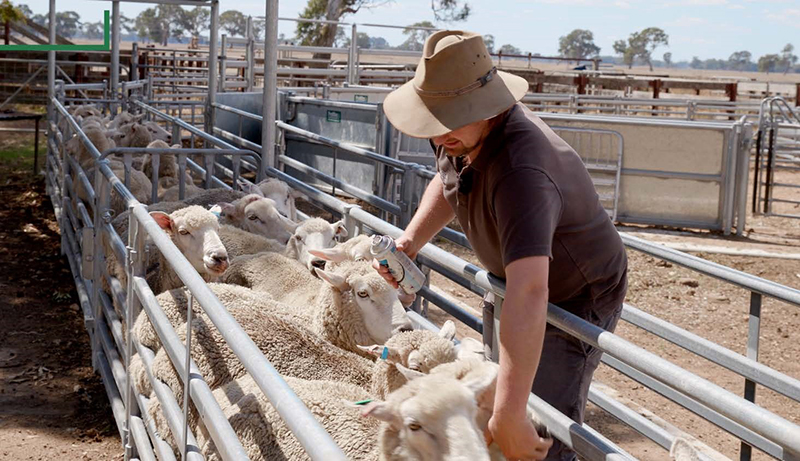
Fact sheet
Read this fact sheet to find out more about the Fit to Join project and how assessing your ewes pre-joining can improve productivity, profitability and animal welfare outcomes.
Maximising ewe and lamb survival and health during lambing is a high priority for the sheep industry to improve both animal welfare outcomes and productivity.
An MLA-funded project has delivered new ewe health assessment tools to help producers improve ewe and lamb survival, and the potential to increase on-farm profit from $4–$8 per ewe.
The ‘Fit to Join – Ewe Assessment Tools’ project (led by Pinion Advisory in conjunction with Livestock Logic, Nilon Farm Health and Hot Tin Roof Communications) developed a series of ewe assessment tools to aid the selection process prior to joining.
The tools can be used to help producers select which ewes should be retained in the flock and joined for another year or culled.
The project's key findings include:
These impacts translated into significant modelled economic benefits for classing and culling ewes as unfit to join of between $4 and $8 per ewe.
Read this fact sheet to find out more about the Fit to Join project and how assessing your ewes pre-joining can improve productivity, profitability and animal welfare outcomes.
The Fit to Join guide outlines the benefits of assessing ewes before joining and guides you through the process of assessing ewes effectively and efficiently. The guide has been designed as an interactive PDF so you can download it to your device (computer, iPad or smartphone) and click on the links to videos or further information. If the online version doesn’t appeal to you, you can print the PDF and use it as a hard-copy booklet.
Watch four instructional videos to learn how to complete the ewe, udder and lameness assessments.
Watch this video first. It outlines the benefits of assessing ewes before joining and provides a high-level snapshot of how to carry out each assessment.
This video provides a detailed guide to assessing ewes’ udders. Udder health and structure are key indicators of a ewe’s ability to successfully rear a healthy lamb. Ewes with unsound udders are not fit to join as they are unlikely to raise a healthy lamb.
Lame ewes can be drafted off for further investigation. The first thing to work out is the cause of the lameness and whether it is affecting the animal’s ability to maintain condition. This video outlines the process for assessing feet and lameness in ewes.
Age on its own isn’t a barrier to rearing healthy lambs. An older ewe in good condition, with no other health issues (body condition score, feet or teeth) can be kept in the breeding flock. This video provides information on assessing and managing older ewes.

